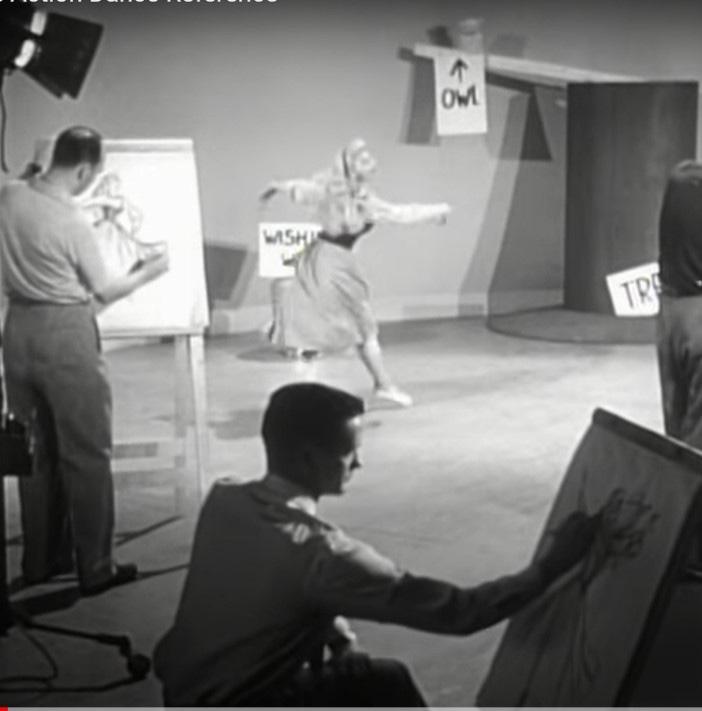
1 minute read
The presentation of the female g gender
Disney’s portrayal of the female gender in the Princesses, both their physical appearance and their role, have been characterised by a lack of diversity until very recently. In relation to the visual characteristics of the Princesses, some of this at least can be attributed to the animation production process used. In the earlier films, Disney would use actors in costume to serve as live-action reference for the animators to draw from. For Walt this was an important step for ensuring his team’s drawings of human form and their movements were "as real as possible, near flesh and blood". Helene Stanley was the “Performance model” who would pose and dance in front of the animation team for both Princess Cinderella and Princess Aurora. Figures 7 and 8 show stills of Stanley in a blonde wig and costume designed by Alice Estes for a scene of her dancing with the woodland animals in Sleeping Beauty (Kalmakurki 16). By using the same woman as the “performance model” for multiple Disney princesses it meant the movements of the characters, and the bodies of the characters themselves, were similar across the films and the millions of children watching were exposed to the same idealised version of beauty. Peggy Orenstein in Cinderella ate my daughter argues:

Advertisement
Each thing is ‘a cog in the round-the-clock, all-pervasive media machine’ aimed at our daughters – and at us – from womb to tomb; one that, again and again, presents femininity as performance, sexuality as performance, identity as performance, and each of those traits is available for a price. It tells girls that how you look is more important than how you feel. More than that, it tells them that how you look is how you feel, as well as who you are.
(Orenstein 183)










